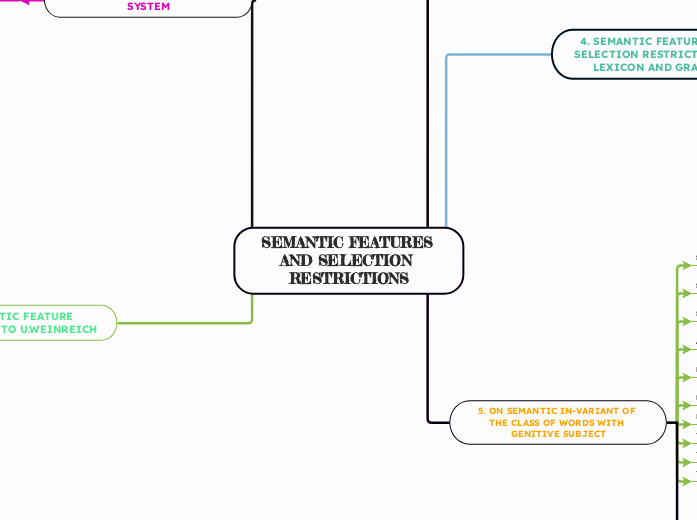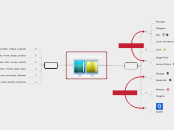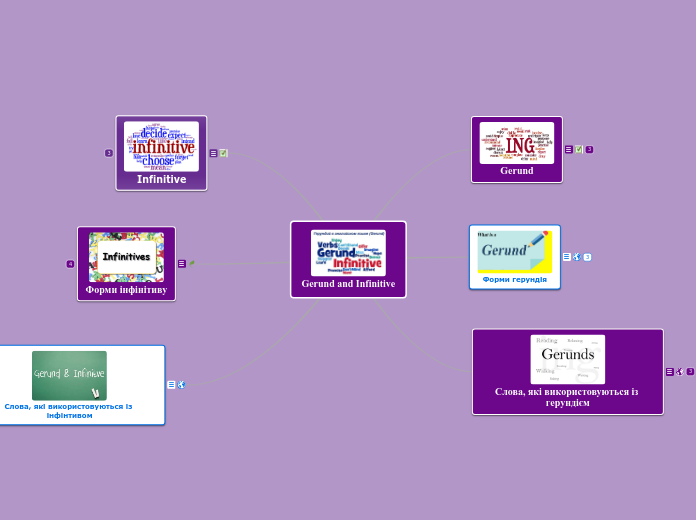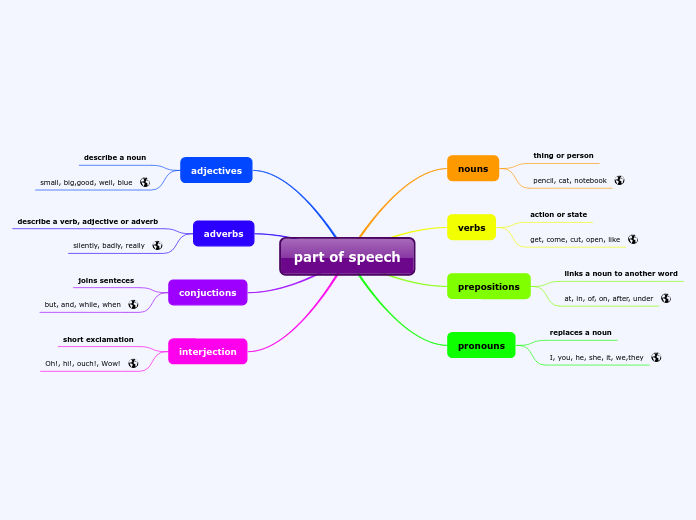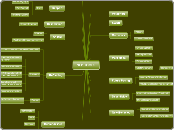SEMANTIC FEATURES AND SELECTION RESTRICTIONS
2. SEMANTIC FEATURE ACCORDING TO U.WEINREICH
Application to Verbs
Verbs of Motion
Require certain categorial features in their arguments
Verbs of Emotional State
Have specific transitive features
Types of Semantic Features
Transitive Features
Imposes semantic conditions on arguments in a sentence
Categorial Features
Pertains to the inherent characteristics of a word
U. Weinreich's Contributions
Semantic features serve multiple purposes.
Impose provisional semantic contents on potentially ambiguous words.
Explain deviant and metaphorical readings in language.
Proposed a distinction between paradigmatic and transfer semantic features
Semantic Features
Central Role
Semantic features play a central role in the paper.
1. LEXICAL DATABASE OF THE SYSTEM
Main characteristics
Syntactic and semantic information is often absent in existingdictionaries.
The vocabulary comprises approximately 12,500 words
with morphological information sourced from Zalizniak's dictionary.
BBD includes bibliographic information
unlike existing bibliographic catalogs.
Individual lexemes
body parts
kinship terms
verbs of motion
performative verbs
speech act verbs
LBD contains machine-readable vocabulary
and referential features of lexical items.
Prosodic
Semantic
Syntactic
Morphological
Lexical Database (LBD) and Bibliographical Database (BBD)
Are key components of the Lexicographer expert system for natural language processing.
5. ON SEMANTIC IN-VARIANT OF THE CLASS OF WORDS WITH GENITIVE SUBJECT
Factors influencing the choice of genitive subject
animate vs. inanimate subject, referentiality, topic-focus articulation, presence vs. absence oftheobserver.
Different meanings
conveyed by genitive and nominative subjects in negative sentences.
Semantic components
determining the selection of genitive subjects: 'X exists' and 'X is present in the field of vision of an observer'.
Semantic explanation
for the choice of case in genitive subject construction.
Examples of sentences with genitive subjects in Russian:
"Катастрофы не произошло" (No catastrophe happened).
"Ответа не пришло" (No answer came), "Мороза не чувствуется" (The frost is not felt)
The presence vs. absence of semantic components influences the grammatical structureofsentences.
There is a connection between selectional restrictions and semantic features of words.
The semantic invariant of genitive verbs allows for the characterization of semantic classes.
Different semantic components account for the choice of genitive subjects in negative sentences.
Negation of existence and presence in the field of vision
are key semantic components influencing genitive subject constructions.
Examples demonstrate
how semantic components influence selection restrictions in Russian grammar.
Anna Wierzbicka
argues that all selection restrictions in grammar can be motivated by semantic features.
may regulate selection restrictions in lexicon and grammar more than syntactic features.
Semantic features
can label components in lexical meanings and play a role in semantic decomposition.
Semantic features were crucial for semantic analysis in the 60s
but have since taken a secondary position in natural language processing.
4. SEMANTIC FEATURES AND SELECTION RESTRICTIONS IN LEXICON AND GRAMMAR
Examples:
Predicates introducing indirect questions or parameters are determined by the semantic component'Xknows'.
Russian conjunctions что and как are used based on semantic components;
while как follows words with 'perceive'.
что follows verbs with 'know/believe',
Neg-Raising predicates
have semantic features like
[+Excluded neutrality].
[+Incompatibility of contraries]
Semantic invariants are identified for predicates capable of introducing indirect questions
showing the influence of semantic components like "X knows" in linguisticstructures.
Examples demonstrate how seemingly syntactic selection restrictions can be semantically motivated
or the distribution of Russian conjunctions "что" and "как" based on semantic components.
such as predicates allowing Neg-Raising
Anna Wierzbicka suggests that grammatical distinctions are motivated by
semantic distinctions
arguing that semantic features play a leading role in regulating selection restrictions.
The notion of semantic features is gaining prominence again
particularly in understanding selection restrictions in lexicon and grammar.
Semantic features were a primary tool for semantic analysis in the early 1960s
but took a backseat in the 1970s and 1980s with advancements in semantic theory.
3. SEMANTIC FEATURES IN SYSTEMS OF NATURAL LANGUAGE PROCESSING (NLP)
Semantic Features in NLP
Overall Importance
Essential for an analysis either:
semantic analysis in NLP
Syntactic
Interpretations
A distinction is made between:
Deviant or metaphorical meanings
Literal interpretations
Anaphoric Relations
Help identify anaphoric relations in text
Combinability
To assist in the combinability of verbs with
Coordinated constructions
Adverbials
Disambiguation
Aid in disambiguating lexically homonymous words
Predicate-Argument Relations
Contribute to revealing predicate-argument relations in parsing algorithms.
Crucial Role
Semantic features play a crucial role in natural language processing (NLP).
